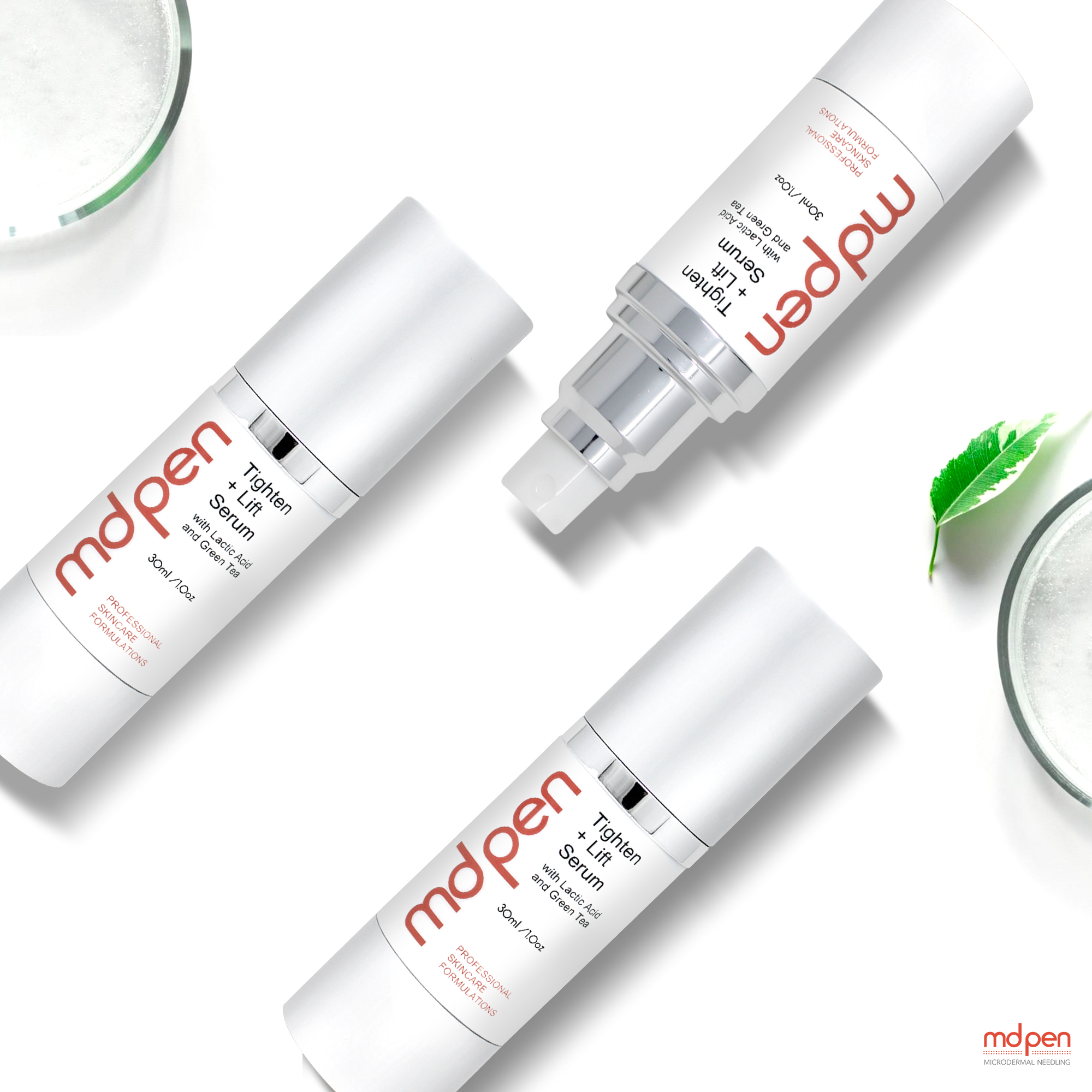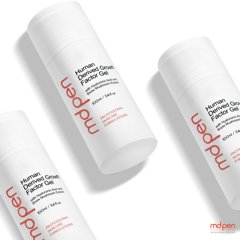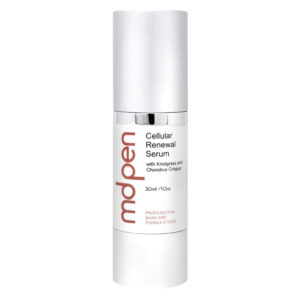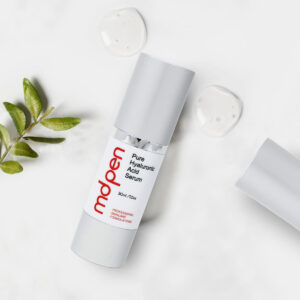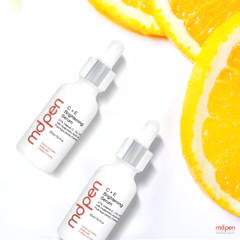Description
Ingredients:
Deionized Water, Avena sativa (Oat Kernel) Extract, Hydrolyzed Rice Protein, Water, Glycerin, Prunus amygdalus dulcis (Sweet Almond) Seed Extract, Propanediol, Camellia sinensis (Green Tea) Leaf Extract (Certified Organic), Hydroxyethylcellulose, Lactic Acid, Panthenol (Pro-Vitamin B5), Aloe barbadensis (Aloe Vera) Leaf Juice (Certified Organic), Allantoin, Dehydroacetic Acid, Benzyl Alcohol.
Ingredient Descriptions:
- Deionized Water – water that has been mechanically filtered or processed to remove impurities
- Avena sativa (Oat Kernel) Extract – an extract of the kernels of oats, functions as an Antioxidant; Skin-Conditioning Agent – Emollient; Skin-Conditioning Agent
- Hydrolyzed Rice Protein – a hydrolysate of rice protein derived by acid, enzyme or other method of hydrolysis. Functions as a Skin-Conditioning Agent
- Glycerin – moistening agent
- Prunus amygdalus dulcis (Sweet Almond) Seed Extract – extract of the dried ripe seeds of the sweet almond, Prunus amygdalus dulcis – functions as an emollient
- Propanediol – a glycol that functions as a solvent and can enhance the penetration of ingredients into the skin; has hydrating properties and can leave a smooth, moist finish on skin.
- Camellia sinensis (Green Tea) Leaf Extract (Certified Organic) – plant extract/anti-irritant/antioxidant
- Hydroxyethylcellulose – plant-derived thickening agent typically used as a binding agent or emulsifier
- Lactic Acid – AHA; leave-on exfoliant
- Panthenol (Pro-Vitamin B5) – alcohol form of the B vitamin pantothenic acid. Panthenol is used in skincare and haircare products as a humectant because of its ability to attract and hold moisture.
- Aloe barbadensis (Aloe Vera) Leaf Juice (Certified Organic) – plant extract. Anti-irritant
- Allantoin – by-product of uric acid extracted from urea and considered an effective anti-irritant
- Dehydroacetic Acid – synthetic preservative is most active against fungi and has mild antibacterial properties
- Benzyl Alcohol – an organic alcohol that occurs naturally in some fruits (apricots, cranberries) and teas. Its chief function in cosmetics is as a preservative, where it’s considered among the least sensitizing
